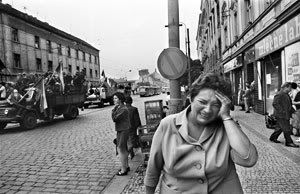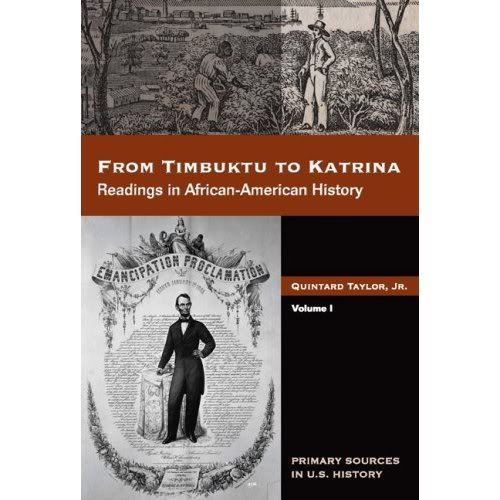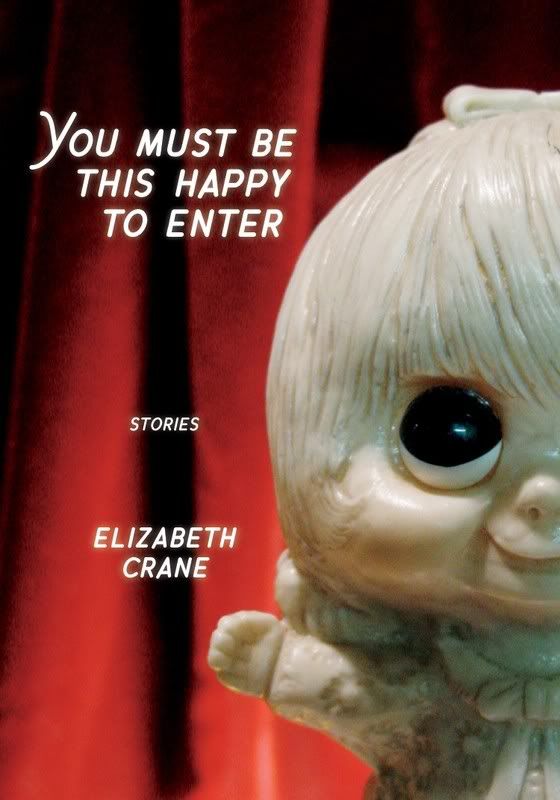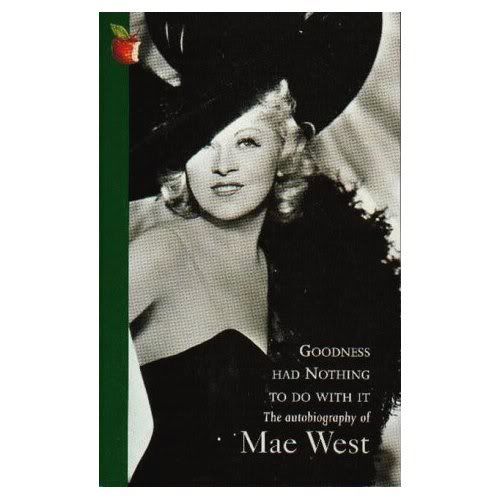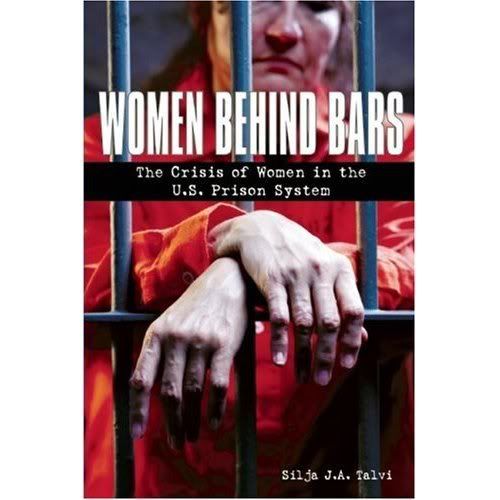this book is filled with big glossy photos taken over several days in prague in august of 1968 during the soviet occupation. the photos are large and beautiful and disturbing.
the book starts with an introduction that explains some of the events that led up to the occupation and a little bit about what happened during and after. the intro is only a few pages long but the pages are ginormous (because it's a big artsy photobook).
mixed throughout the pages of photos there are also pages of eyewitness accounts, official documents, and slogans that appeared on walls and posters during this time. the slogans are printed in czech and english.
"soviet exports: tanks, lead, death..."
"we do not want russian freedom"
"our dead don't need your wheat"
my favorite part of the text of this book was the part about the ghost town method of resistance to the occupation used by the residents of prague:
"Acting on an appeal from the free broadcast of 'Prague', the legal radio station in the occupied town at the end of Friday, hundreds of thousands of anonymous, unknown people tore down the signs with the names of streets and squares. Plaques with house numbers also disappeared. On some buildings there are no longer even the names of the tenants.... The Prague of names and numbers has become extinct. For the uninvited guests, Prague is a ghost town. Someone who wasn't born here, who hasn't lived here, will find an anonymous city of a million people, in which the occupiers may perhaps find only a wide variety of appeals written in Czech and the Cyrillic alphabet. On the roads we read 'Moscow-1,800 km'. Prague is defending itself. Against the tanks, guns and troops of the occupying forces. Without bloodshed. And against collaborators, who, by assisting in the arrest of honourable people, want to make the nation nervous. Let our watchword be: The
postman will find it, but the bastards won't."
the one problem i had while trying to read this book was a common problem i have with photobooks but it's not one that will make me any less likely to read them... the captions of the actual photos are extremely minimal and many don't have captions at all so the curiosity you feel about, for example, the kid sitting on the curb who has painted a target on her or his back is almost painful. who was that woman in the jackie o suit holding the little girl's hand outside of the bullet-ridden building and what exactly happened there and to them? did that old man actually throw the brick at the tank or was he just waving it in his hand... an angry gesture meant for the soviet soldiers in the tank to see? there are 250 pictures in the book and most of them left me with a hopeless kind of curiousity about the specific stories in them.
i highly recommend this book and i highly recommend getting it from your library since i think it costs about $60 to buy for yourself.

